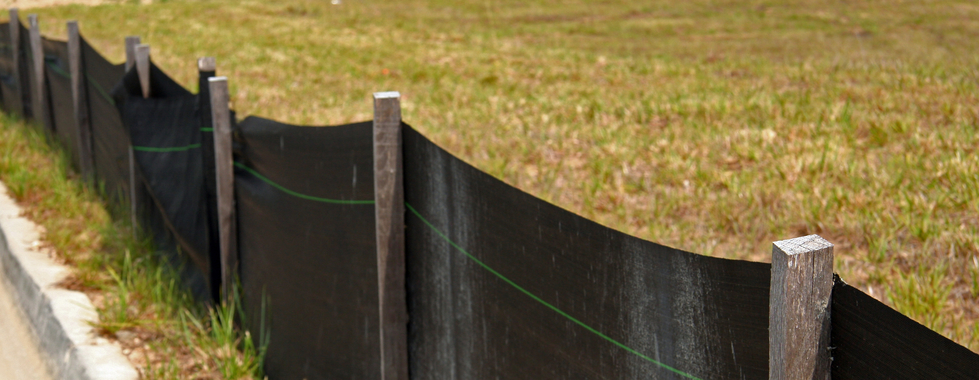Does my site need a SWMP?

Our FAQ section provides a brief description of the sites that would require a Stormwater Management Plan (SWMP), but if you are new to Colorado or new to land development and construction you may want a more detailed description to help definitively determine whether or not you need a SWMP.
THE SHORT ANSWER
Yes, if greater than an acre.
Disturb one acre or more of soil due to construction activity such as grading, clearing and grubbing, or stripping of vegetation and you will need a State of Colorado SWMP.
There are exceptions. Projects that are smaller than acre, but are part of larger common plan of development will also need a SWMP.
A CLOSER LOOK
What does it mean to “disturb” an acre?
In this use of the word, the State is looking to describe sites where existing ground cover is damaged or removed. The ground cover may have been existing vegetation or man-made cover like paving, landscaping, or even a building. When those protective covers are removed and soil is exposed to precipitation, the site is considered disturbed.
Note that the property might be more than acre and still not need a SWMP if the disturbed area is less than an acre.First, it is important to know that the State of Colorado is following guidance from the federal Clean Water Act, so one thing they are trying to accomplish is compliance with federal regulations. Second, and more to the purpose of the permit and SWMP, is a goal to limit pollution. Essentially, a Stormwater Management Plan is a kind of pollution prevention plan. Soil that erodes and may be carried offsite by rainwater can pollute streams and rivers. In addition, if sediment is carried off by rainwater, there is a good probability that other pollutants found on a construction site could also be transported offsite. Common pollutants on a construction site are fuels, paints, hydraulic fluid, concrete wash water, and debris (trash). So the goal of the SWMP is to limit man made activity from contributing to accelerated soil erosion and transport of pollutants from your site to a neighboring property or our shared waterways.
Common Plan of Development
Why does this acre of disturbance limit exist? What is the State trying to accomplish?
Basically this closes a loophole. If a housing subdivision is over the one acre limit, but is being built by multiple owners who have lots under an acre, then each owner is responsible for having a permit and a SWMP since the “common plan of development” is large enough to trigger the need for a permit.
The same logic applies to a retail project that has one or two larger anchor stores, but also has “out lots” for restaurants, gas stations or other free standing structures. Those smaller lots may be a distinct and separate project and be well under an acre, but as part of the larger common plan of development, they are subject to the permit requirements and will need a SWMP.
